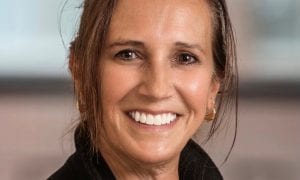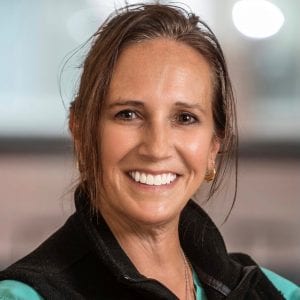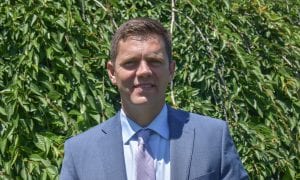WESTFIELD – Westfield Public Schools Superintendent Stefan Czaporowski said the district is starting to develop plans for additional funds anticipated from the Student Opportunity Act.
The Act was signed by Gov. Charlie Baker in November of last year and will boost investment in public schools annually by $1.5 billion over the next seven years.
Czaporowski said the funding is targeting low-income educationally disadvantaged students, students on individualized education plans (IEP) and English language learners, all of which the state puts in a high risk category. Currently, Westfield has 18.6% of students in Special Education, 5% in the English language learners program, and 38% considered economically disadvantaged.
“Together, that’s 48% of our kids,” Czaporowski said, adding that means funding will most likely be coming their way, although they won’t have an idea how much until Baker releases his budget on Jan. 22. He said the purpose of the added funding is to close the opportunity gap for these students.
The bill the governor signed requires school districts to develop three-year plans to close achievement gaps in these sub-groups, using evidence-based programs and supports, such as expanded learning time, increased counseling and psychological services, professional development, expanded early learning and pre-kindergarten, early college and career readiness pathways, and a more diverse teacher workforce.
The Commissioner of Elementary and Secondary Education will establish statewide targets for addressing persistent achievement gaps among student groups, and will review each district’s plan to ensure it sets measurable goals for student improvement, with credible strategies for achieving them. Districts must amend any plan deemed by the Commissioner not to conform to these standards.
Last week, Westfield district administrators met to brainstorm ideas on what to do with the money. Czaporowski said the plan has to align with the district’s strategy for continuous improvement, and that they will come up with a few new initiatives to improve the performance of the targeted sub-groups over the next three years.
He said some initial thoughts include expanding the Pathways alternative high school and the RISE behavioral program, which is at capacity. They will also look to add more supports and staff to the ELL program.
Czaporowski said they want to provide students with added social and emotional opportunities and supports that affect all students.
“What I’m confident about is that a lot of our initiatives are already geared to close those achievement gaps, and are good for every student,” he said.
The district will be given a plan template to fill out for the added funds, which will need to be submitted for approval by April 1. The plan must also be approved by the School Committee, and has already been put on the March 16 agenda.
Another requirement for the plan is stakeholder engagement. Czaporowski said the district will be seeking input from the Special Education Parent Advisory Council (SEPAC), the newly formed English Learners Parent Advisory Council (ELPAC), and from each school’s council, made up of parents and teachers and high school students at the upper level.
He said they will post the plan once it’s developed on its website, where others in the community may comment on it. In addition, there will be a public hearing at the School Committee towards the end of February.
“Before we can do anything, I really need to know what the governor’s budget will be,” Czaporowski said, adding, “We are very appreciative obviously of increase funding, whatever it may be.”









